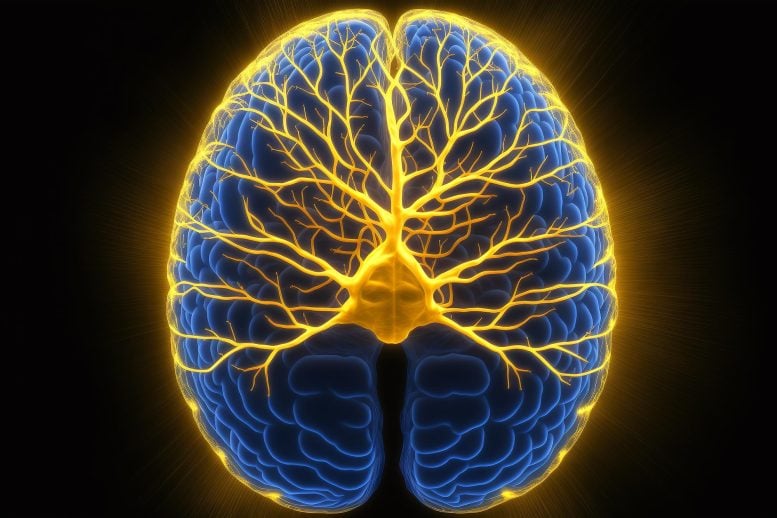
A new study from the Netherlands Institute for Neuroscience addresses the longstanding controversy over the brain’s regenerative abilities and proposes a roadmap for resolving conflicting results. Researchers critically discussed and re-analyzed previously published datasets, highlighting the importance of accurate reporting and reproducibility in single-cell transcriptomics experiments to uncover the true potential of brain regeneration.
Can the human brain regenerate itself? And is it possible to harness this regenerative capacity during aging or in neurodegenerative conditions? These questions have long been the subject of intense debate within the neuroscience community. A recent study from the Netherlands Institute for Neuroscience sheds light on why conflicting results have emerged and suggests a path forward for addressing these challenges.
Leveraging the brain’s regenerative potential in the context of aging or neurological disorders offers a promising alternative to traditional approaches for enhancing or restoring brain function, particularly given the current absence of effective treatments for neurodegenerative diseases like Alzheimer’s. The debate over whether the human brain can indeed regenerate has been a contentious issue for many years, with recent studies producing contradictory findings. In a new study, Giorgia Tosoni and Dilara Ayyildiz, working under the guidance of Evgenia Salta at the Neurogenesis and Neurodegeneration Laboratory, critically assess and re-evaluate previously published data. This study aims to clarify the reasons behind the lack of a definitive answer to this intriguing question.
Previous studies in which dividing cells were labeled in the postmortem human brain, showed that new cells can indeed arise throughout adulthood in the hippocampus of our brain, a structure that plays an important role in learning and memory, and is also severely affected in Alzheimer’s disease. However, other studies contradict these results and cannot detect the generation of new brain cells in this area. Both conceptual and methodological confounders have likely contributed to these seemingly opposing observations. Hence, elucidating the extent of regeneration in the human brain remains a challenge.
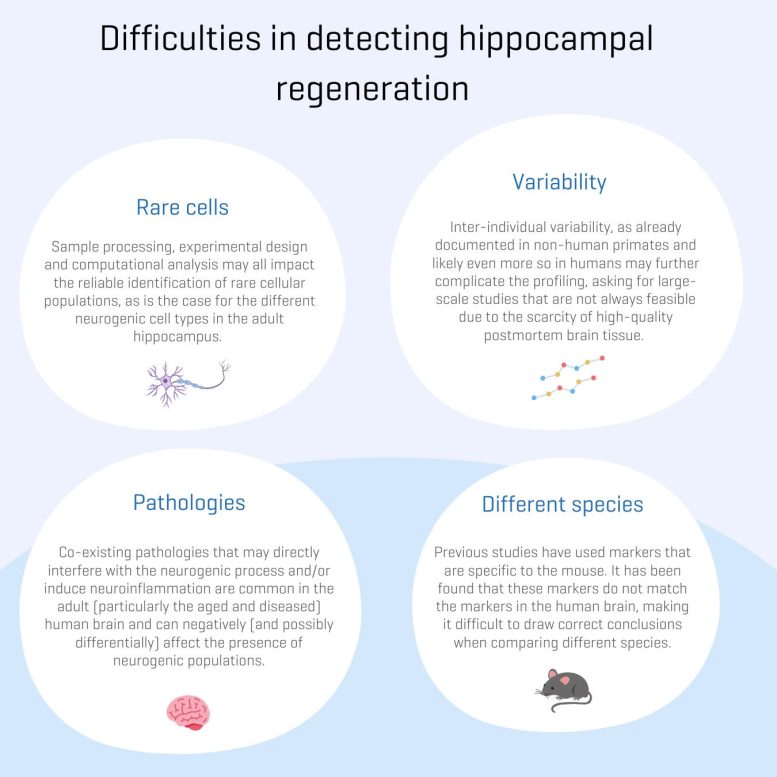
Difficulties in detecting hippocampal regeneration. Credit: Netherlands Institute for Neuroscience
New state-of-the-art technologies
Recent advances in single-cell transcriptomics technologies have provided valuable insights into the different cell types found in human brains from deceased donors with different brain diseases. To date, single-cell transcriptomic technologies have been used to characterize rare cell populations in the human brain. In addition to identifying specific cell types, single-nucleus RNA sequencing can also explore specific gene expression profiles to unravel full the complexity of the cells in the hippocampus.
The advent of single-cell transcriptomics technologies was initially viewed as a panacea to resolving the controversy in the field. However, recent single-cell RNA sequencing studies in the human hippocampus yielded conflicting results. Two studies indeed identified neural stem cells, while a third study failed to detect any neurogenic populations. Are these novel approaches – once again – failing to finally settle the controversy regarding the existence of hippocampal regeneration in humans? Will we eventually be able to overcome the conceptual and technical challenges and reconcile these -seemingly- opposing views and findings?
Technical issues
In this study, the researchers critically discussed and re-analyzed previously published single-cell transcriptomics datasets. They caution that the design, analysis, and interpretation of these studies in the adult human hippocampus can be confounded by specific issues, which ask for conceptual, methodological, and computational adjustments. By re-analyzing previously published datasets, a series of specific challenges were probed that require particular attention and would greatly profit from an open discussion in the field.
Giorgia Tosoni: ‘We analyzed previously published single-cell transcriptomic studies and performed a meta-analysis to assess whether adult neurogenic populations can reliably be identified across different species, especially when comparing mice and humans. The neurogenic process in adult mice is very well characterized and the profiles of the different cellular populations involved are known. These are actually the same molecular and cellular signatures that have been widely used in the field to also identify neurogenic cells in the human brain. However, due to several evolutionary adaptations, we would expect the neurogenesis between mice and humans to be different. We checked the markers for every neurogenic cell type and looked at the amount of marker overlap between the two species.’
‘We found very little, if no, overlap between the two, which suggests that the mouse-inferred markers we have been long using may not be suitable for the human brain. We also discovered that such studies require enough statistical power: if regeneration of neuronal cells does happen in the adult human brain, we expect it to be quite rare. Therefore, enough cells would need to be sequenced in order to identify those scarce, presumably neurogenic populations. Other parameters are also important, for example, the quality of the samples. The interval between the death of the donor and the downstream processing is critical, since the quality of the tissue and of the resulting data drops over time.’
Reproducibility is key
Dilara Ayyildiz: “These novel technologies, when appropriately applied, offer a unique opportunity to map hippocampal regeneration in the human brain and explore which cell types and states may be possibly most amenable to therapeutic interventions in aging, neurodegenerative and neuropsychiatric diseases. However, reproducibility and consistency are key. While doing the analysis we realized that some seemingly small, but otherwise very critical details and parameters in the experimental and computational pipeline, can have a big impact on the results, and hence affect the interpretation of the data.”
“Accurate reporting is essential for making these single-cell transcriptomics experiments and their analysis reproducible. Once we re-analyzed these previous studies applying common computational pipelines and criteria, we realized that the apparent controversy in the field may, in reality, be misleading: with our work, we propose that there may actually be more that we agree on than previously believed.”
Reference: “Mapping human adult hippocampal neurogenesis with single-cell transcriptomics: Reconciling controversy or fueling the debate?” by Giorgia Tosoni, Dilara Ayyildiz, Julien Bryois, Will Macnair, Carlos P. Fitzsimons, Paul J. Lucassen and Evgenia Salta, 3 April 2023, Neuron.
DOI: 10.1016/j.neuron.2023.03.010

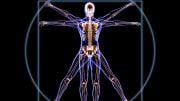

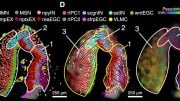
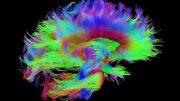
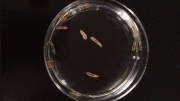
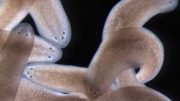
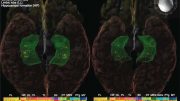
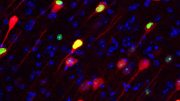
My mom had a benign brain tumor the size of a naval orange/grape fruit. Georgetown University removed the tumor. As a result, she had personality changes, began hoarding and also had difficulty with comprehension. It was a very slow process but over a period of 30 years all of those symptoms diminished. She is now with age exhibiting the signs of dementia. But I indeed saw her healing and the transformation of that was wonderful. Just as a notation-she took herself off all medications approximately a year after surgery. She also went back to school approximately 7 years later.